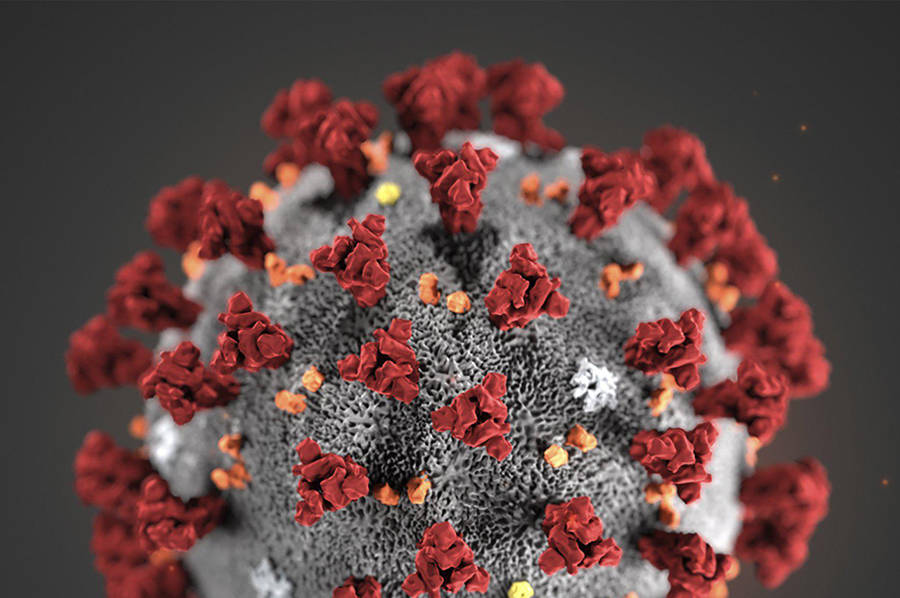This article has been updated as more information as been shared.
The state reported its first COVID-19-related death in over a month as the state is seeing a general rise in the number of documented cases.
Alaska Department of Health and Social Services included the new death —Alaska’s 11th —as part of its daily report Tuesday. DHSS also reported 11 new statewide cases of COVID-19.
While new cases were reported in Juneau on Sunday and Monday, none of the cases reported Tuesday were from the capital city.
The state reported six new cases for Anchorage, two new cases for the Kenai Peninsula Borough, and the Nome Census Area, Northwest Arctic Borough and Haines Borough each added one new case, according to DHSS data.
In a news release, DHSS stated the deceased was a resident at Providence Transitional Care Center in Anchorage, which detected a total of 41 cases in residents and caretakers as of June 8. The transitional care center identified its first case on May 29.
“Providence is aggressively responding to this outbreak,” Chief Medical Officer Dr. Anne Zink said in the release. “But this just shows how we’re all connected and why each of us must be diligent in doing everything we can to prevent the spread of this disease in our communities.”
The number of daily reports in the double digits has risen since the end of May.
On May 31, the state announced 27 new cases of COVID-19, the highest single-day increase. At the time, DHSS hadn’t reported a single-day case count over 10 since April 7, according to state data. Gov. Mike Dunleavy held a rare Sunday press conference to make the announcement, but he said during the conference his administration was not overly concerned with a spike in cases.
Dunleavy has said an increase in cases was to be expected as the state slowly reopened its economy. He argues Alaska has built up its health care capacity and is better positioned to deal with COVID-19 cases than it was before the shutdown.
However, the rise in cases has led some lawmakers to call from stricter health mandates, such as requiring cloth face coverings in public. The latest travel regulations for the state was to require out-of-state visitors to show they’ve received negative test results within 72 hours of departing for Alaska.
Asked if the governor was considering increased health mandates, Dunleavy spokesperson Jeff Turner referred the Empire to previous comments made concerning the issue.
Asked about the mask mandate at a June 3, press conference Dunleavy said he preferred to rely on individuals’ responsibility rather than mandates.
At Monday’s City and Borough of Juneau Assembly meeting, Juneau Mayor Beth Weldon announced she had tested positive for COVID-19 after returning from a trip to the Lower 48. Noticing symptoms, Weldon said she has recovered from the illness, and emphasized the importance of testing in keeping track of the virus.
But as businesses try to salvage what they can out of the tourist season, the number of people coming to the state has increased according to data from CBJ’s emergency operations center, which tracks the number of people coming through Juneau International Airport.
Mila Cosgrove, incident commander for the EOC told Assembly members 198 out-of-state travelers had come through the airport Sunday, 33% of whom had their test results ready.
Alaska Airlines is distributing the declaration form required by the state, which “helped tremendously,” she wrote in her report. Tests are provided on-site for those without negative results and 147 were administered Sunday, the report stated.
In a June 4, letter, Alaska Municipal League Executive Director Nils Andreassen stated the league was working with smaller cruise ship operators who were looking to come to Alaska this summer. The league had formed a working group to create a set of health guidelines for companies operating in Southeast this Summer.
But local municipalities are considering enacting their own mandates, something that could limit the economic impact even a limited number of visitors would make.
“The limitations that are necessary for shoreside operations ultimately mean less beneficial tourism,” Andreassen wrote in the letter. “Essentially, passengers may be transferred from the vessel to an excursion without the retail or restaurant experience that communities offer.”
• Contact reporter Peter Segall at psegall@juneauempire.com. Follow him on Twitter at @SegallJnoEmpire.

